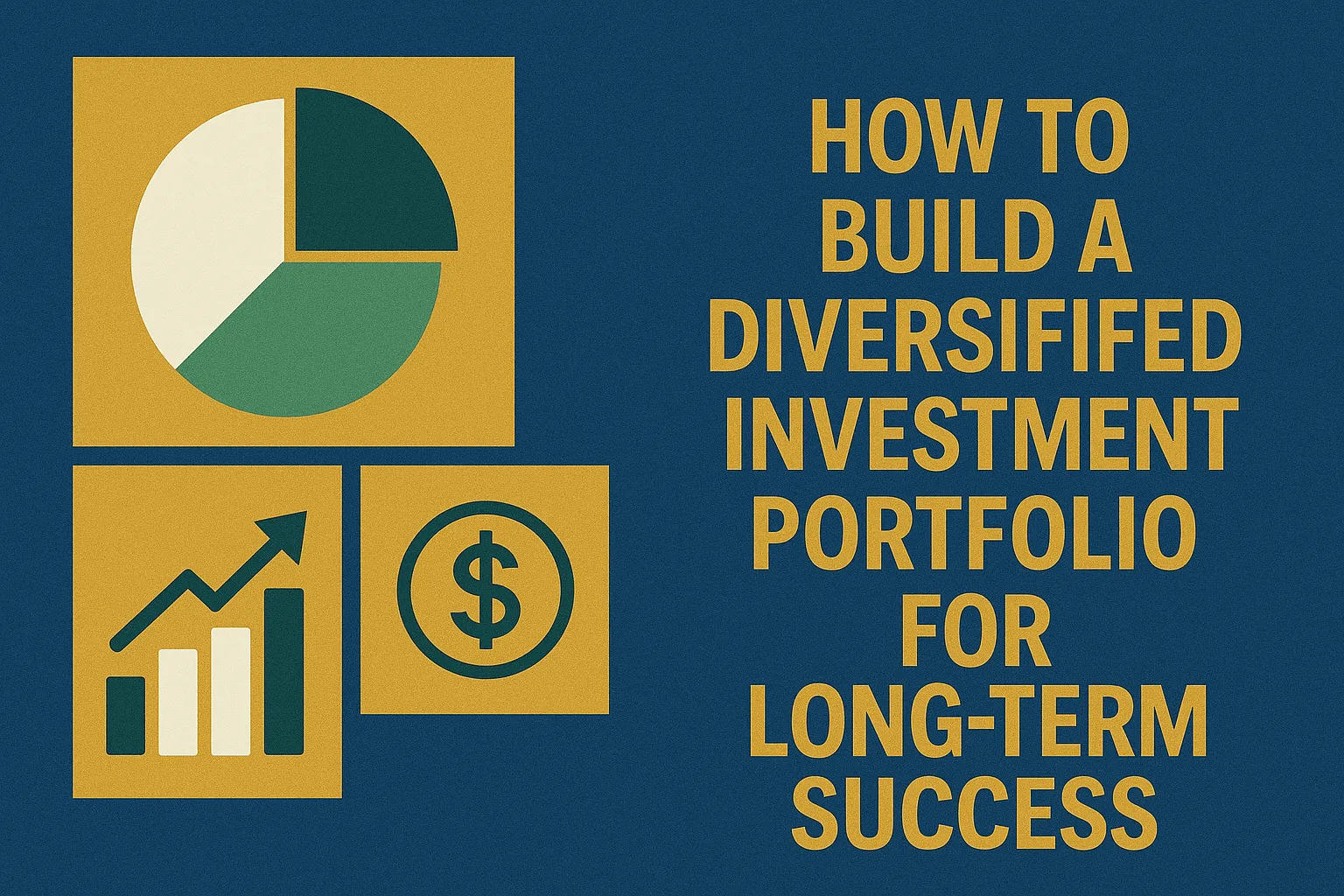
How to Build a Diversified Investment Portfolio for Long-Term Success
Investing isn't just about chasing high returns — it's about creating a resilient portfolio that can weather market ups and downs. A diversified investment portfolio is a key strategy to reduce risk and ensure sustainable long-term growth. In this article, we’ll explore what diversification means, why it matters, and how to implement it effectively.
What is Portfolio Diversification?
Diversification is the practice of spreading your investments across various asset classes, industries, and geographies to minimize risk. Instead of putting all your eggs in one basket, you distribute your capital to balance potential losses from one investment with gains from another.
Why Diversification Matters
- Reduces Risk: Diversifying limits the impact of a single asset’s poor performance on your overall portfolio.
- Stabilizes Returns: By including assets that react differently to market events, you create a smoother performance curve.
- Protects Against Market Volatility: Especially in uncertain times, a diversified portfolio is better equipped to maintain value.
Core Asset Classes to Include
1. Stocks (Equities)
Stocks offer high growth potential but also come with high volatility. Diversify across sectors such as technology, healthcare, and finance.
2. Bonds (Fixed Income)
Bonds provide regular income and are generally less volatile than stocks. They act as a cushion during market downturns.
3. Real Estate
Investing in property or Real Estate Investment Trusts (REITs) adds income and capital appreciation potential with lower correlation to stocks.
4. Commodities
Gold, oil, and agricultural products can hedge against inflation and market uncertainty.
5. Cash or Cash Equivalents
Liquidity is important. Money market funds or savings accounts give flexibility and safety in your portfolio.
Tips for Effective Diversification
- Know Your Risk Tolerance: Younger investors may lean toward equities, while retirees may prefer bonds and cash.
- Consider Geographic Diversification: Don’t limit yourself to domestic markets. Global investments can provide additional opportunities.
- Use ETFs and Mutual Funds: These allow instant diversification across hundreds of assets.
- Rebalance Regularly: Over time, certain assets may grow disproportionately. Rebalancing maintains your target allocation.
- Avoid Over-Diversification: Too many similar assets can cancel out gains and make the portfolio hard to manage.
Sample Portfolio Allocation (Moderate Risk)
- 40% Domestic & International Stocks
- 30% Bonds
- 15% Real Estate
- 10% Commodities
- 5% Cash
Common Mistakes to Avoid
- Investing Without a Plan: Know your goals, timeline, and strategy.
- Chasing Returns: Avoid jumping into high-performing assets without proper analysis.
- Ignoring Costs: Fees and taxes can erode returns — always factor them in.
Final Thoughts
Diversification is one of the most powerful tools in an investor’s toolkit. It doesn't guarantee profit, but it significantly enhances your ability to stay calm, focused, and successful over time. By thoughtfully building a balanced portfolio and revisiting it regularly, you're setting yourself up for long-term financial health and growth.
